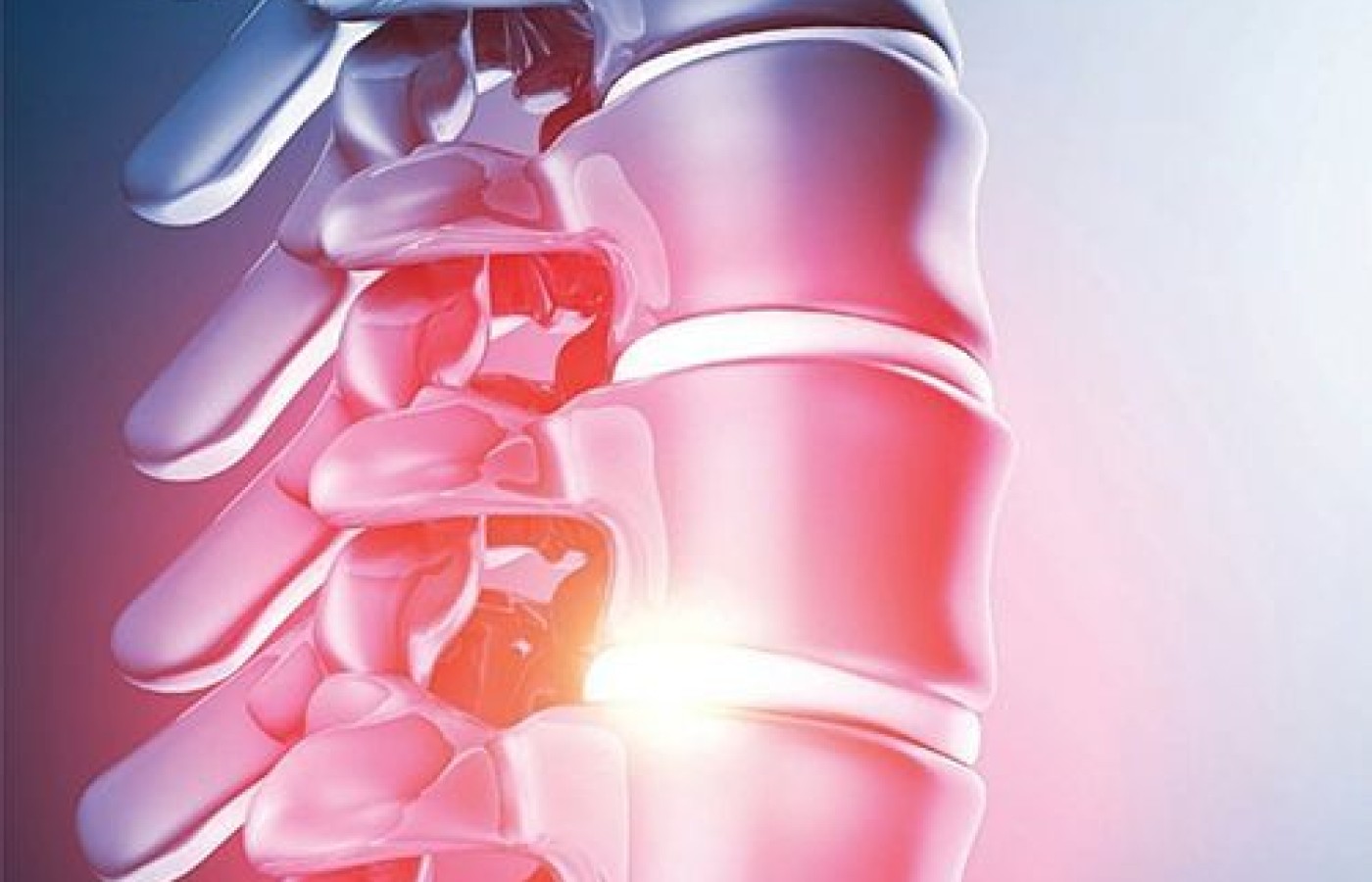As a practitioner, you know foot pain should be addressed as soon as possible, as pain in one or both feet can potentially lead to impairment of foot function. But rather than treating foot pain with over-the-counter pain and anti-inflammatory medications such as ibuprofen, or prescription nonsteroidal anti-inflammatory drugs (NSAIDs), or even corticosteroid injections for chronic foot pain, why not try red light / infrared therapy?
Comorbidities Require Co-Management
A study conducted a few years ago evaluated spine pain and chronic comorbidities "significantly related to spine pain" among 579 Australian women. The investigators found that 55.8 percent of the women reported spine pain in the previous month.1
The study found that "spinal pain is significantly associated with individual comorbid conditions including diabetes, cardiovascular disease, pulmonary disease, mental disorders, and overweight/obesity." A large percentage (84.5 percent) of women with spine pain had at least one comorbidity. Approximately 60 percent had either one (30.9 percent) or two (29.3 percent) comorbidities, with almost a fourth (24.3 percent) having three or more comorbidities.
A third (33.2 percent) of women with spine pain had cardiovascular disease; a fifth (20.3 percent) had some form of mental disorder. Compared to women in the study without spine pain, women with spine pain were twice as likely to have diabetes.
This study does not demonstrate causation. More investigation of additional spine-pain-related comorbidities and ultimately of potential causation should be high on chiropractic's research agenda. But as the authors note:

"It is important to consider comorbidity in spinal pain management. Comorbidities contribute to poor health outcomes and higher health costs, including costs of fragmented care between hospital stays and outpatient monitoring, health services utilization, polypharmacy, and single disease management approaches. In people with comorbidities, patient complexity should be recognized as an important part of clinical management."
The authors refer to another study conducted a few years earlier that evaluated the "health-related quality of life (HRQOL) in veterans with spinal disorders." This study of 168 veteran patients concluded that "spinal disorders have a severe impact on both physical and emotional HRQOL of veterans and are associated with severe disability and an unusually high prevalence of depressive symptoms."2
Given the above, it just makes sense that doctors of chiropractic should be included in the co-management of chronic diseases to a greater degree than we are now. And while specific studies are still sparse, creating co-management relationships with medical and osteopathic doctors in your community would definitely result in better patient outcomes and could ultimately demonstrate the effectiveness of chiropractic to the medical community in your area. The authors note that:
"Taking into account patient preference and clinical guidelines, physicians should consider the role of chiropractors in multidisciplinary case management to co-manage spinal pain and comorbidity."
Sadly, it is highly unlikely that your local MDs will ever see these papers. This leaves you with the opportunity and obligation to have discussions through which you share your clinical experiences and how you can play a role in the co-management of various chronic ailments.
References
- de Luca KE, et al. The relationship between spinal pain and comorbidity: a cross-sectional analysis of 579 community-dwelling, older Australian women. JMPT, 2017 Sep;40(7):459-466.
- Boakye M, et al. Health-related quality-of-life status in veterans with spinal disorders. Qual Life Res, 2013;22(1):45-52.
Read more findings on my blog: http://blog.toyourhealth.com/ wrblog. You can also visit me on Facebook and Twitter (donpetersenjr, @donaldpetersen).



